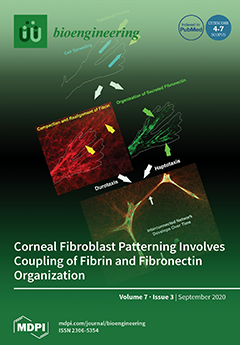If pathogens are present in feedstock materials and survive in anaerobic digestion (AD) formulations at 37 °C, they may also survive the AD process to be disseminated in digestate spread on farmland as a fertilizer. The aim of this study was to investigate the prevalence of
Salmonella spp.,
Escherichia coli O157,
Listeria monocytogenes,
Enterococcus faecalis and
Clostridium spp. in AD feed and output materials and survival/growth in four formulations based on food waste, bovine slurry and/or grease-trap waste using International Organization for Standardization (ISO) or equivalent methods. The latter was undertaken in 100 mL Ramboldi tubes, incubated at 37 °C for 10 d with surviving cells enumerated periodically and the T
90 values (time to achieve a 1 log reduction) calculated. The prevalence rates for
Salmonella spp.,
Escherichia coli O157,
Listeria monocytogenes,
Enterococcus faecalis and
Clostridium spp. were 3, 0, 5, 11 and 10/13 in food waste, 0, 0, 2, 3 and 2/3 in bovine slurry, 1, 0, 8, 7 and 8/8 in the mixing tank, 5, 1, 17, 18 and 17 /19 in raw digestate and 0, 0, 0, 2 and 2/2 in dried digestate, respectively. Depending on the formulation, T
90 values ranged from 1.5 to 2.8 d, 1.6 to 2.8 d, 3.1 to 23.5 d, 2.2 to 6.6 d and 2.4 to 9.1 d for
Salmonella Newport,
Escherichia coli O157,
Listeria monocytogenes,
Enterococcus faecalis and
Clostridium sporogenes, respectively. It was concluded that AD feed materials may be contaminated with a range of bacterial pathogens and
L. monocytogenes may survive for extended periods in the test formulations incubated at 37 °C.
Full article






